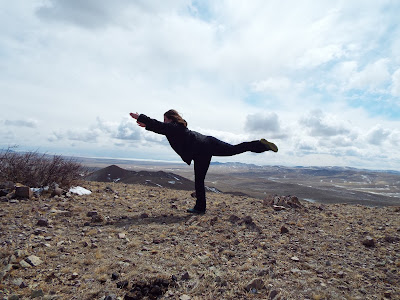In our city, there are
dogs.
And there are pigs.
They do not like each
other.
Everything below (mostly)
is based on personal observation.
March 26 - The
winter months are harsh on both pig- and dog-kind. For the past many months, the
drove has been taking shelter in the human protection areas. I’ve noticed that
the humans don’t care for those misbegotten dogs in the same way. Again, we are
chosen as the superior creatures.
April 2 - We
finally celebrated the coming of spring this month. We rejoiced in the streets
surrounding a large group of buildings where the humans reside. Their trash
bins are excellent sources of party food for the drove as we celebrate the
changing of the seasons.
April 5 –
Following our multi-day spring celebration, I have assigned shifts to different
drove members for scouting expeditions. I must always ensure the safety of the
drove.
April 6 – Gordy
took the scouting shift this morning and returned with disgusting, albeit
favorable news. He reported seeing only one dog during his shift. The dog didn’t
give him any trouble or pay him any attention. This dog was preoccupied eating
a dead member of his own pack. Say what you will about us pigs, but we would
never resort to cannibalism.
April 15 – The dogs
don’t seem to have organized into packs since the winter. Our safety is still
intact on that front. However, the coming of spring brings violent winds that
threaten to blow our houses down in a huffy puffy manner. The humans work to
fortify the shelter to prepare for the incoming piglets.
April 19 – Our first
encounter with a pack occurred today. Wilbur, one of our lesser intelligent
drove members, was making the rounds and found himself in dog territory. Since
we had no intel on pack activity, these territories were unknown until today.
Wilbur was hassled by the leader of the small four-pack. With the support of
the pack, the lead dog forced Wilbur to cross the street in front of oncoming
traffic. Luckily for Wilbur, he made friends with a highly intelligent arachnid
this winter who travels with him everywhere. Sitting atop his head, she quickly
instructed him how to navigate the street and cross to safety. The pack didn’t
chase Wilbur any further, but these displays of dominance will only get worse
over time. When Wilbur arrived to make his report, he was sweating like…. well,
he was sweating profusely. It took a long time to calm him down.
April 20 – After Wilbur’s
incident yesterday, I am now assigning scout pairs. No pig will travel
unaccompanied. Some of the drove say this is pigheaded, but sometimes, they
just don’t understand the importance of safety. I can only hope they heed my
advice so there are no accidents.
-Napoleon, Head Pig (aka Sally)






























